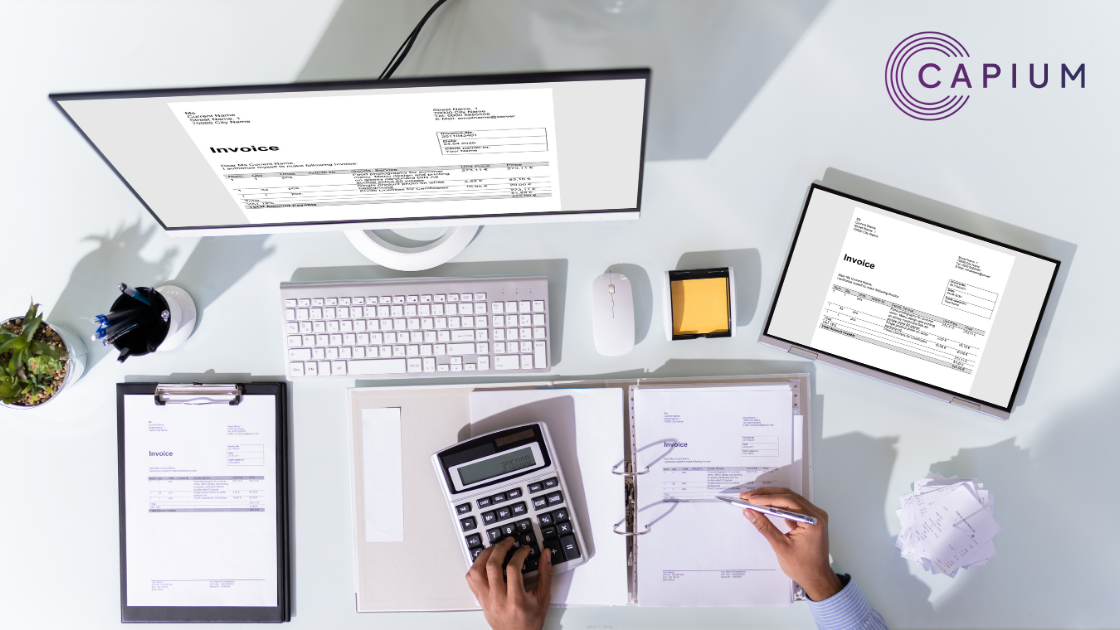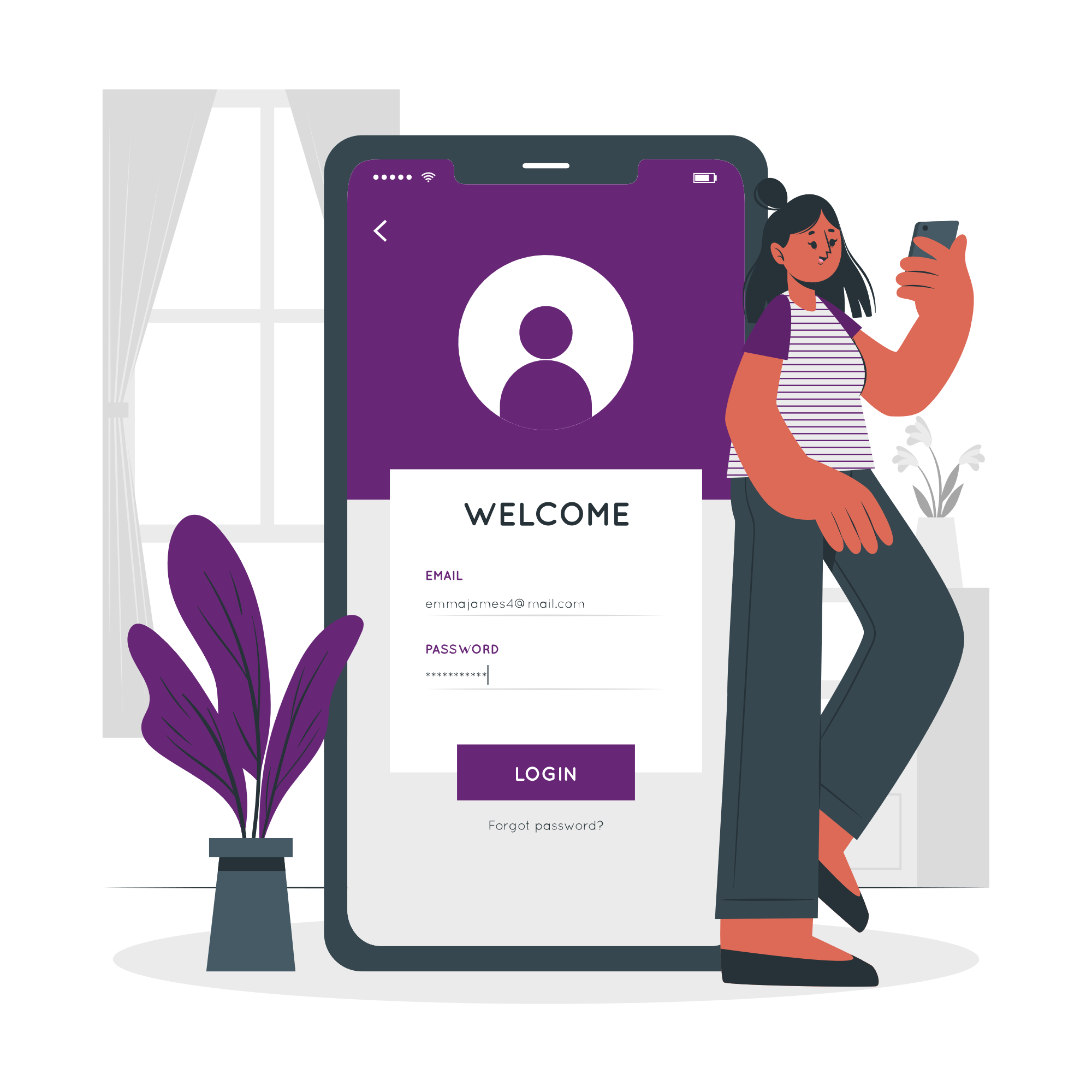Making Tax Digital (MTD) means more admin for accountants and clients, alike. A significant challenge we discuss in our regular meetings with HMRC relates to helping small businesses cope with the increased workload.
And there are 2 sides to that coin. Not only do companies need to have processes for preparing digital returns and providing invoice and expense information much more frequently, but accountants need to be able to help their clients comply with the new obligations cost-effectively while maintaining their own profitability.
We’ve completed MTD pilots, and the overwhelming feedback from accountants and businesses was that the filing process itself is easy, but there is definitely time-consuming preparation required.
These tips will help you get your clients ready for the change, so everyone’s prepared in time for the April 2019 VAT roll-out.
Register as an agent in plenty of time
This was a big bottleneck during the MTD pilot. You have to re-register as an agent for each client in order to file digital returns on their behalf, but it’s a multi-step process. After you file the request via HMRC, the business receives an email notification. They need to click to confirm your request, and it then takes a couple of days for HMRC to add you to the database.
Give your clients a heads up that they’ll be receiving the email so they know they have to take action. And factor in the delay, so all your registrations come through in plenty of time.
A major takeaway for the accountants who participated in the pilot was to create a project plan with milestones for getting their clients set up, so that it’s easy to manage the status and make sure all boxes are ticked appropriately.
Move clients to digital receipt logging
As the accountant, it helps to have data input quickly and frequently to prepare MTD-compliant returns. And that means clients need to move away from giving you physical stacks of receipts each quarter. Yes, it’s easy for them to shove another one on the pile, but you’ll quickly find yourself facing an onerous task keeping up with this. Multiply this across all your clients, and it becomes a full-time job, which is obviously not realistic.
MTD is a catalyst for moving to a digital shoebox, in the form of an app where your client takes a photo of the receipt on their smartphone. It’s an easy change to make because people are so used to smartphone cameras now, and in the seconds it takes to snap, you essentially get real-time expenses information from them.
Get clients used to cloud-based invoicing software
Again, this gives you, as the accountant, easy access to accounts receivable information. For clients used to generating invoices in a word processor, it’s not a major change – and many users we speak to are pleasantly surprised at how user-friendly it is.
Importantly, this makes it easy to manage VAT and access useful reporting in a few clicks.
Bring everything together in a shared hub with direct HMRC submission
When you have the invoicing and expenses sides linked in a central, cloud-based hub, it’s then easy for clients to submit information and for accountants to process it. When you bring in bank feeds as well, you can reconcile faster and speed up your transactional time.
When you use recognised software, you can then file returns directly to HMRC, which eliminates unnecessary data transfer and manual input. From the accountant perspective, you also have all clients using the same system, which makes internal processes easier.
But… make sure clients have flexibility to continue operating in ways that suit their business
Yes, an integrated, HMRC-recognised cloud-based system is best. But in reality, some clients will still want to use spreadsheets or non-compliant bookkeeping software because it’s what’s best for their business and staff.
MTD compliance doesn’t mean taking a rigid approach, and HMRC recognises this as being crucial for small businesses in particular.
So choose recognised software that lets you submit returns and manage everything efficiently from your practice’s perspective, but still gives your clients the ability to continue using spreadsheets if that’s what they want. The key is to identify software that includes a bridging element, which means you can upload spreadsheets or exports from other bookkeeping solutions – and still process and submit returns quickly and easily.
A vital part of the MTD transition involves strengthening your client relationships
After all, you’re going to be providing a more involved service, which gives you more opportunities to add value.
Being proactive with helping clients move to best practice – while making it easy for them to continue doing what works for them – helps cement your position as a trusted advisor. And making sure your firm has the right technology ensures you have the agility and support your team needs to take service delivery to the next level.








